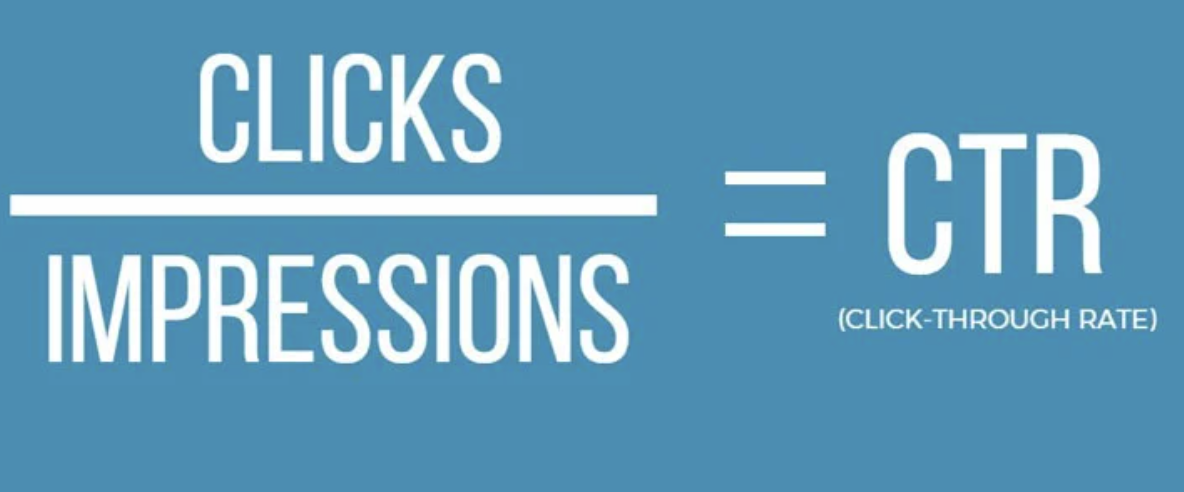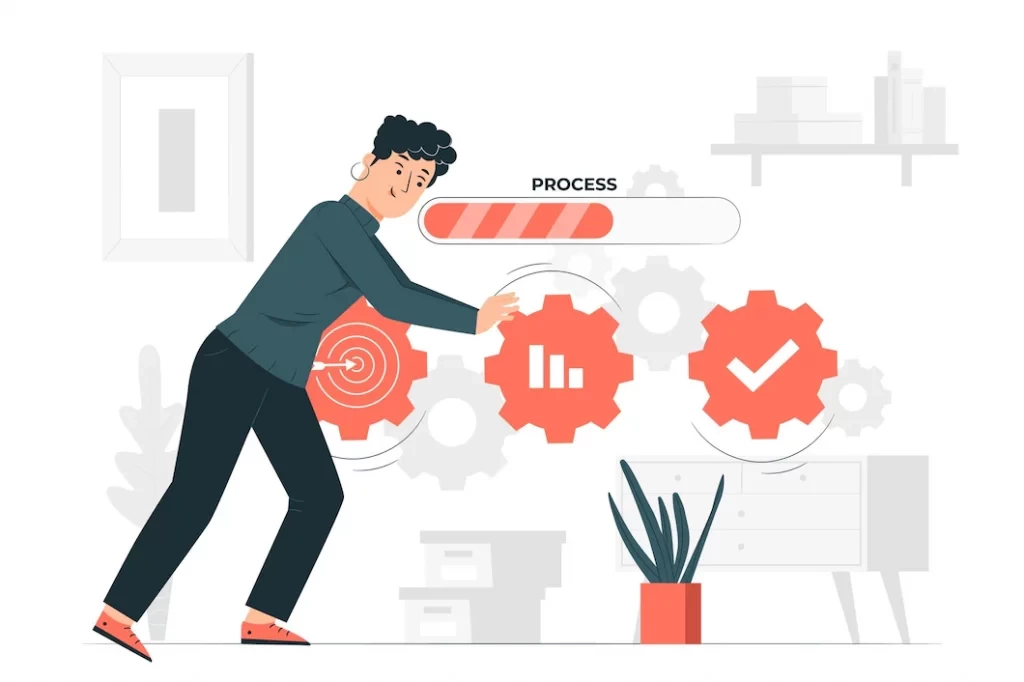Enhancing Organic Click-Through Rates With CTR Control
The optimization of organic click-through rates (CTR) is a nuanced venture that pivots on recognizing both customer psychology and efficient web content discussion. By leveraging strategic manipulation techniques, such as incredibly crafted headings and aesthetically interesting aspects, marketing experts can significantly enhance customer engagement. However, the landscape is raging with misconceptions and oversimplifications concerning what really drives CTR. As we discover the intricacies of these approaches, it comes to be important to determine the underlying principles that can cause sustained success in recording audience focus. What truly distinguishes the reliable from the inefficient in this vital aspect of electronic advertising?
Comprehending Click-Through Fees
Comprehending click-through rates (CTR) is important for reviewing the performance of on-line advertising strategies. CTR determines the percentage of individuals that click on a particular link or ad contrasted to the total number of users that see it. A greater CTR shows that the material is engaging and relevant to the target audience, while a lower CTR may signify a need for optimization.
To calculate CTR, separate the variety of clicks by the number of perceptions and multiply by 100. If an advertisement gets 300 clicks out of 10,000 impressions, the CTR would certainly be 3%. This metric is crucial for assessing different components of electronic advertising and marketing, consisting of seo (SEO), email campaigns, and social networks advertising.
Furthermore, evaluating CTR helps online marketers determine which approaches generate the best outcomes and which need refinement. By concentrating on boosting CTR, organizations can enhance their content's exposure and efficiency, causing increased website traffic and prospective conversions. Understanding the nuances of CTR is fundamental for any kind of online marketer intending to enhance their online existence and maximize roi (ROI)

The Psychology of Individual Actions
Individual behavior is significantly affected by mental factors that dictate just how individuals communicate with on the internet web content. Understanding these variables is vital for maximizing click-through prices (CTR) in organic search engine result. Cognitive prejudices, such as the anchoring impact, play an essential function fit users' assumptions. Their first impressions can greatly affect their succeeding judgments about significance and credibility. when customers experience information.
Emotional reactions additionally significantly impact individual habits. Content that resonates psychologically can cause a sense of seriousness or curiosity, prompting users to click. In addition, social proof-- such as individual evaluations or ratings-- can boost trust and urge involvement, as individuals usually want to the habits of others to educate their own choices.
Furthermore, the concept of shortage can drive clicks - LinkDaddy CTR Manipulation. Limited-time deals or exclusive material develop a worry of missing out on out (FOMO), engaging individuals to act quickly. Comprehending these mental motorists enables online marketers to produce more engaging content that reverberates with their target market
Efficient CTR Manipulation Methods
Leveraging mental insights can substantially improve click-through rates (CTR) through targeted manipulation techniques. Among one of the most effective techniques is the usage of engaging headings that evoke curiosity or seriousness. Phrasing titles as questions or integrating numbers can bring in more attention, prompting users to click.
An additional strategy involves optimizing meta descriptions to develop a feeling of significance and immediacy. By plainly detailing the advantages or this content remedies given in the content, you can involve prospective readers and persuade them to click. In addition, using power words-- such as "unique," "verified," or "totally free"-- can improve the allure of your material.
Visual elements additionally play an essential function. Including eye-catching pictures or thumbnails can draw users in and enhance CTR. A/B screening different visuals can help determine which images resonate ideal with your audience.
Last but not least, making sure that your web content guarantees deliverable worth causes greater CTR. When customers regard that clicking will certainly offer them with significant understandings or remedies, they are more probable to engage. By employing these strategies attentively, online marketers can properly control CTR to their benefit while preserving honest criteria.
Typical Myths Regarding CTR
Several mistaken beliefs border click-through prices (CTR) that can lead marketing experts to make misguided choices. One common myth is that a higher CTR always translates to better efficiency. While a high CTR suggests that more customers are clicking, it does not ensure conversions or sales. Ultimately, the efficiency of web traffic relies on the top quality of the landing web page and the importance of the content.
One more common idea is that CTR is a separated metric. In fact, CTR should click site be evaluated along with various other performance indications, such as bounce price and conversion price, to gain a holistic view of project success.
Furthermore, some online marketers assume that enhancing for CTR alone suffices. Nonetheless, concentrating exclusively on CTR can lead to clickbait methods that might attract clicks yet stop working to engage customers meaningfully. This technique can harm brand credibility and cause lower retention rates
Last but not least, there is an idea that CTR methods are universally efficient. The fact is that ideal CTR methods can differ dramatically across markets and target audiences, necessitating tailored methods for different market segments. Understanding these myths is important for developing efficient CTR techniques that straighten with overarching marketing objectives.
Measuring CTR Success
Although high click-through rates (CTR) can suggest effective engagement with web content, determining their true success requires a detailed analysis of several elements. It is essential to recognize the context in which the CTR is accomplished. A high CTR on a deceptive title might not convert to purposeful engagement or conversions, eventually reflecting poorly on the brand name's reputation.
2nd, evaluating the resource of web traffic is vital. Organic traffic from search engines can represent a durable web content method, while clicks from unimportant sources might indicate an absence of targeting. Additionally, measuring the succeeding user actions is crucial; examining metrics such as bounce rate, time invested in web page, and conversion prices can give deeper understandings right into the high quality of the interaction initiated by the CTR.

Verdict

The optimization of natural click-through rates (CTR) is a nuanced endeavor that hinges on understanding both individual psychology and reliable content presentation. CTR gauges the percent of users that click on a particular web link or promotion he said contrasted to the complete number of customers who see it. A higher CTR suggests that the material is engaging and relevant to the target audience, while a reduced CTR might signal a need for optimization.
Focusing solely on CTR can lead to clickbait methods that might bring in clicks but fail to engage users meaningfully. Additionally, measuring the subsequent customer actions is important; evaluating metrics such as bounce price, time invested on web page, and conversion rates can supply deeper understandings into the top quality of the engagement started by the CTR.